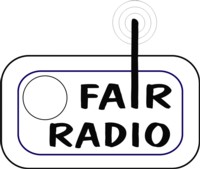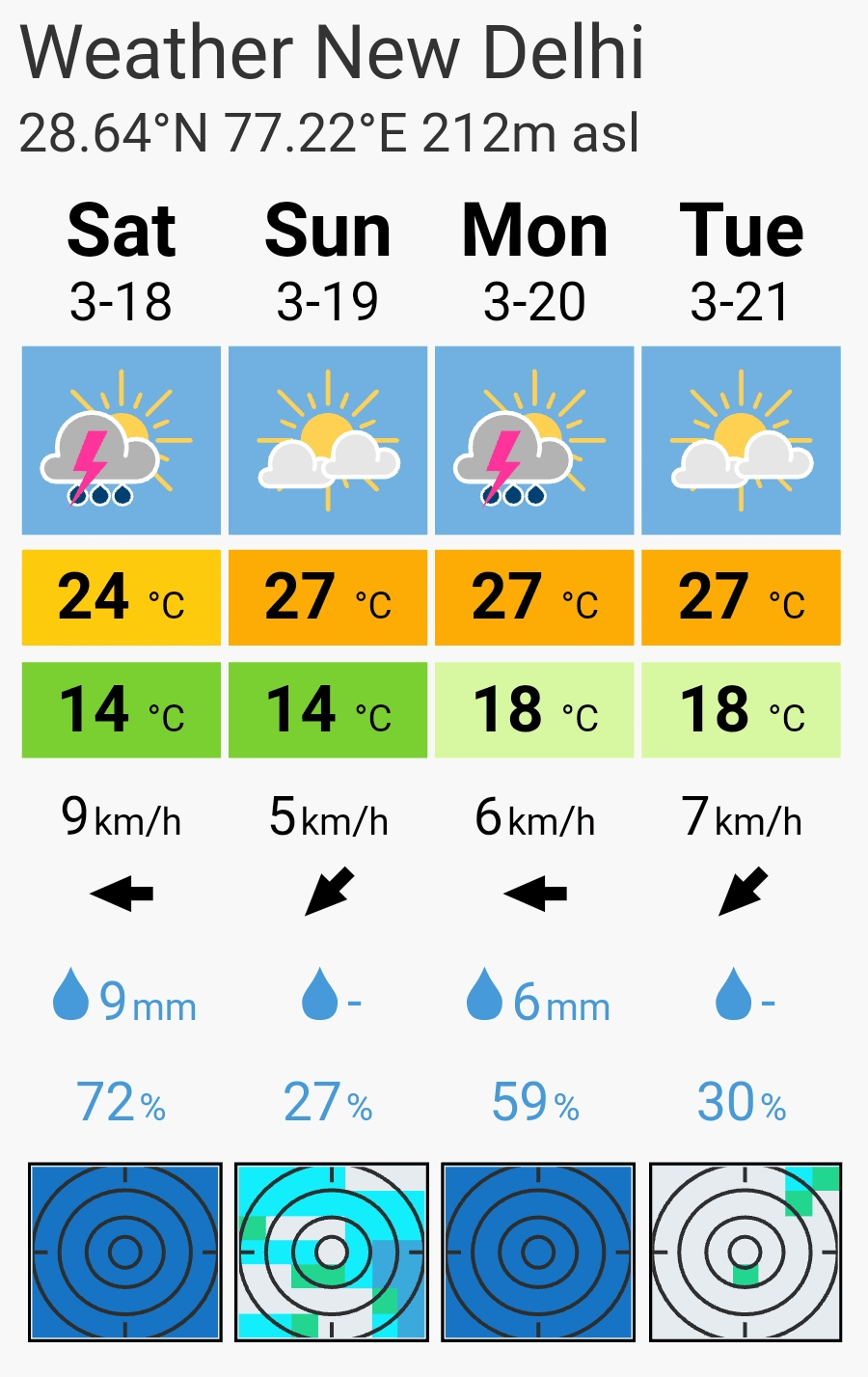Raga CDs of the months (06/10): Nyasa – the silence in Ragas.
Posted by ElJay Arem (IMC OnAir) on June 8, 2010
For the Ragas of our time there exist a variety of combinations. The ascending and descending scales (arohana and avaroha) can exist of 5, 6 or 7 main notes (oudava, shadava or sampoorna).
In the Natya Sastra , which is the fundamental work by the sage Bharata Muni with more than 6000 Sutras defining the notation of the Raga modi which can be understood as the origin of the melodic structure of modern Ragas, the so called Jati-s. In all India the Jatis had been popular particularly for the singing.
The Natya Sastra classified the Jati-s in 18 groups, seven (7) as pure forms, from which 146 modified ragas can be defined… and eleven (11) hybrid forms with a multiplicity of variations.
date of broadcasting…
15th June 2010 – 09:00 p.m. (MESTZ)
broadcasting plan | streaming (Internet Radio & Mobile Radio) | podCast
Almost at the same time the musical scripture “Dattilam” written by the (Muni) Dattila followed the Natya Sastra. It is dates approximately between the 4th century BC and 2nd century AC. The Dattilam described the Jati-s more exactly each with ten (10) characters from those the melodic structure of the contemporary ragas of North Indian Classics had developed.
For the ancient ragas the weighting of a note (swara) was described with the term Amsa. Amsa is in its function multivarious. Among others it is the note, with which the complete character of a raga is described, e.g. in form of a stabalizing element as Nyasa Swara.
In the arrangement of a raga which is subjected to a strict set of rules each phrasing has a starting point: with Graha the position of a note is described, more exactly: the note, with which a Raga exposition must be begin. Graha is the initial note and Nyasa the conclusion. The instrumentalist or vocalist returns at the end of a melodic phrasing to Nyasa as “melodic center” and “quiescent pole”.










Playlists 2010… « IMC – India meets Classic presents … said
[…] the Month: Indian Swara-s – Mother Nature 59th show (06/15/10) – Raga CDs of the Month: Nyasa – Silence in Ragas 60th show (07/20/10) – summer break (repetition of 10/09) – Jugalbandi… Duet in […]
LikeLike